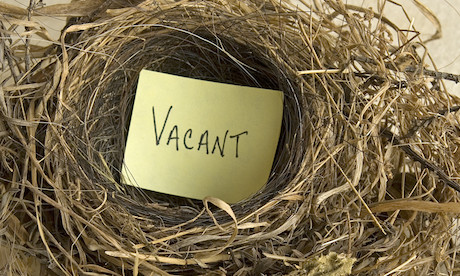Almost a quarter of a million more couples are projected to be living without children by 2038, Statistics New Zealand says.
Couple-without-children families account for more than half the projected growth of all families, increasing from 513,000 in 2013 to 757,000 in 2038 (up 244,000).
While this figure includes “empty nesters”, there is also an increasing proportion of New Zealand women remaining childless.
In 2006, 16 percent of women aged 40–44 years were childless. The proportion in 1981 was 9 percent. A similar increase was found in the next age group women aged 45–49 years.
For women born in 1975, indications are that around 1 in 4 may remain childless. As childlessness increases, the remaining women will need to have more children if New Zealand is to achieve current levels of fertility.
For example, if one in five women remain childless, the remaining women would have to average 2.6 children for New Zealand to achieve a total fertility rate of 2.1 births (the accepted replacement level fertility for a developed country).
This data was revised 5 September 2016 and is based on information previously published on 22 June 2012 and 5 June 2008.
There are a number of reasons for childlessness.
- Infertile people cannot have children
- Some people choose not to have children
- Others who would like to have children have not done so because of their circumstances, for example, not having a partner or not feeling they have enough money.
Two years ago, Statistics NZ demographer Dr Robert Didham told the Population Association’s biennial conference in Hamilton that more New Zealanders are ending up unintentionally childless because they are focusing on their careers and leaving children until it’s too late.
Didham said the figures pointed to a high and rising rate of “involuntary” childlessness where people planned to have children but, owing to educational and career priorities, did not get around to trying until too late.
Source
